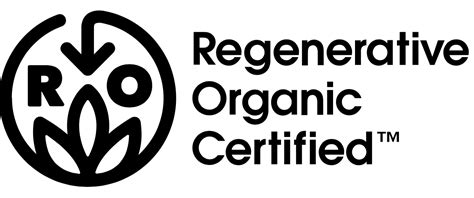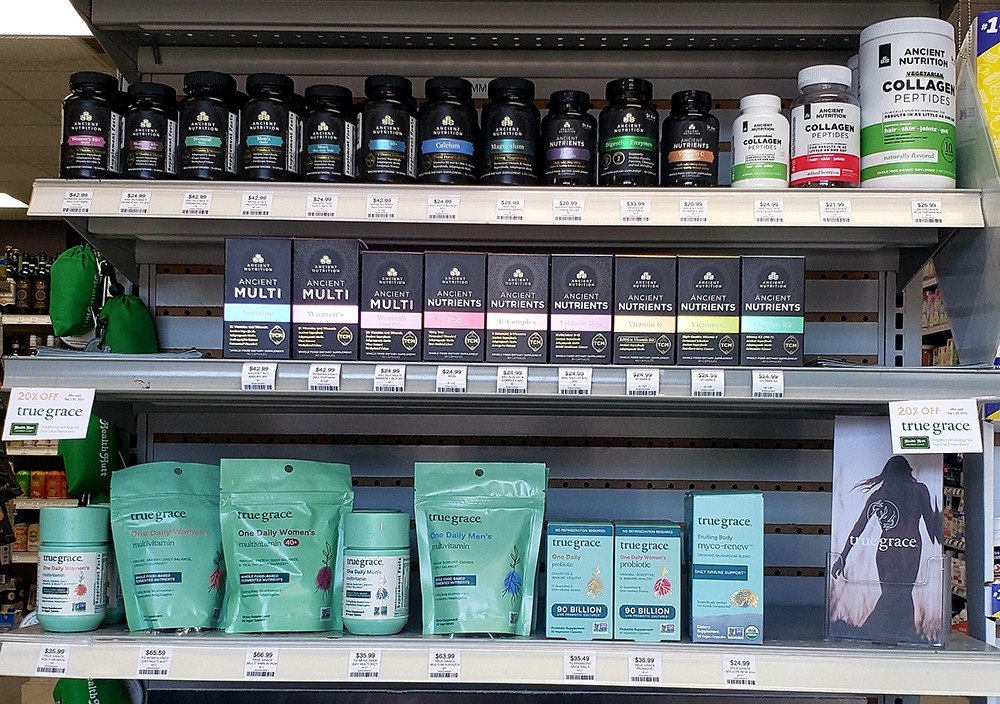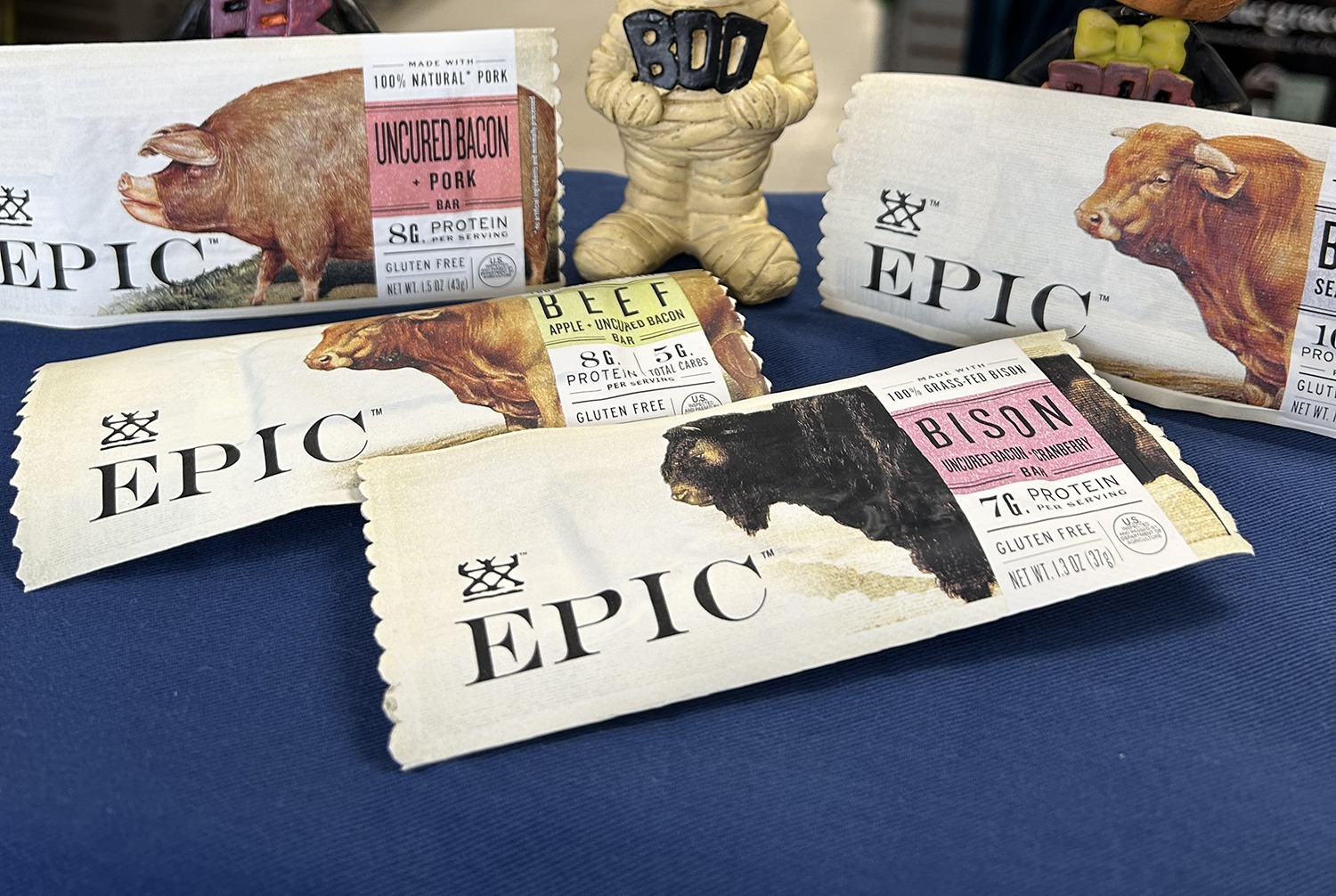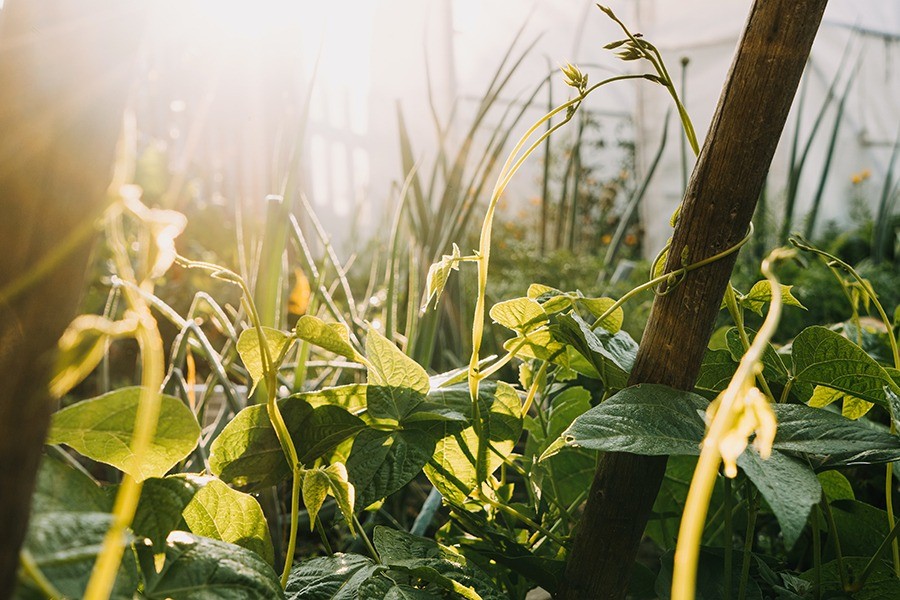While industrial agriculture has only existed for a relatively small part of our history, many quickly saw the need for more sustainable food production methods. There have been many agriculture movements such as Permaculture, Korean Natural Farming, the revivification of Biodynamic Farming, and Square Foot Gardening. These practices offer many techniques to produce food while improving soil, which is the current dilemma being contended with on a large scale.
Industrial farming has produced a lot of food, but at large expense to the soil. Soil nutrients have been depleted over time and so ‘sustainable’, i.e. capable of being continued with minimal long-term effect on the environment, is no longer enough. What we currently have is depleted soil, and what we need is a way to regenerate (give new life or energy to; revitalize) the soil.
More recently, regenerative farming has started to take hold as a feasible way to transition large industrial farms and food manufacturing from a destructive way to farm to a more beneficial way. In 2019, Forbes published an article titled Regenerative Agriculture: The Next Trend In Food Retailing. Around that time, General Mills had announced it would start sourcing some of its corn, wheat, dairy, and sugar from farmers that used regenerative agriculture practices. Other big conglomerates like PepsiCo, Cargill, Walmart, Danone, Unilever, Hormel, Target, and Land O’ Lakes all started to commit to furthering regenerative agriculture in some way. Since then, the Regenerative Farming movement has grown and certification for products has been developed.
The Regenerative Organic Alliance is offering Regenerative Organic (RO) certification. While Organic products are made with ingredients grown without synthetic chemicals and using agricultural practices that promote soil health, Regenerative Organic Certified (ROC) takes it to the next level. This certification takes into consideration Soil Health and Land Management, Animal Welfare, and Farmer & Worker Fairness. Regenerative farming practices include minimal soil disturbance, no till farming, crop rotation, cover crops, compost, intensive rotational grazing, organic methods (no synthetic fertilizers/pesticides), and agroforestry. RO can simplistically be seen as combining and enhancing Organic and Fair Trade. “To be truly regenerative, a system must consider all players in the farm system — from the soil microbiome to the animals to the workers."
To be RO certified, products must contain 95% RO ingredients. The other 5% might include probiotics like in Ancient Nutrition’s ROC probiotic line, the first of its kind on the market. Many brands are including RO ingredients even if the products are not ROC. One ingredient at a time we are moving towards soil restoration. You will be seeing more and more products with the Regenerative Organic Certified logo on the packaging.

As more and more brands and companies change to and support regenerative farming, a clearer path to improved food production system and soil restoration is being forged. To learn more, check out these pages with each brand’s take on regenerative farming, what it is, and why they pursue it. You can find these brands in our stores.


Featured photo by Vincent Erhart on Unsplash
